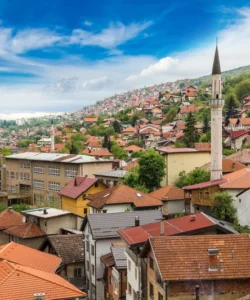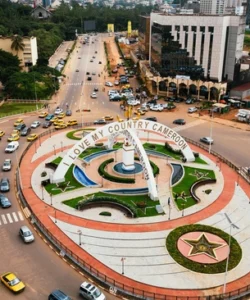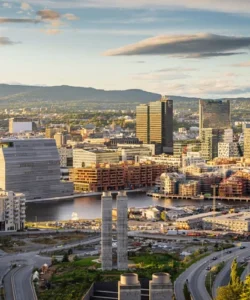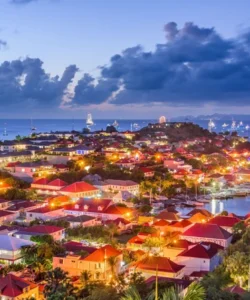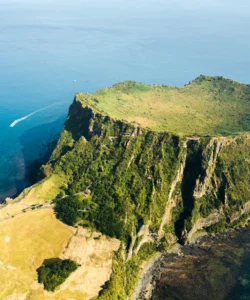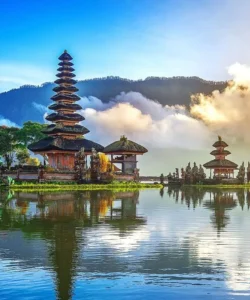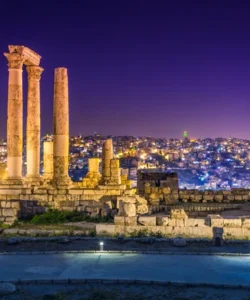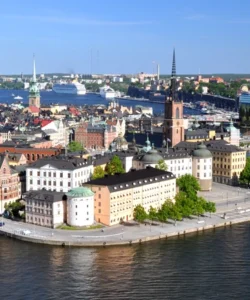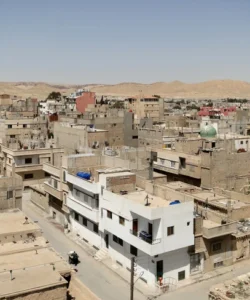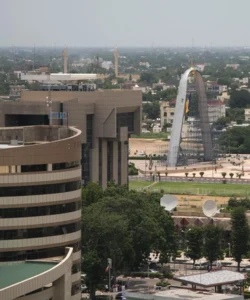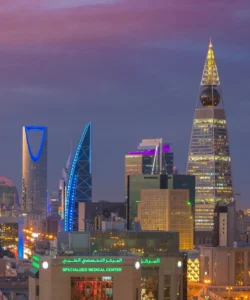San Marino, officially the Most Serene Republic of San Marino, is an enclaved microstate surrounded by Italy, situated on the northeastern side of the Apennine Mountains. It is the oldest sovereign state and constitutional republic in the world, renowned for its medieval fortresses, stunning mountain views, and its unique historical independence.
![]()
Area and Population:
San Marino covers a small area of approximately 61 km² (24 sq mi). As of early 2025, its population is estimated to be around 34,000 inhabitants.
Capital:
The capital city of San Marino is San Marino City (Città di San Marino), perched atop Mount Titano.
Major Cities/Towns:
Given its tiny size, San Marino is divided into nine municipalities (castelli). Besides San Marino City, other significant towns include Serravalle (the most populous, containing the Dogana commercial zone), Borgo Maggiore, and Domagnano.
Language:
The official language of San Marino is Italian. English is generally understood in tourist areas.
Currency:
Although San Marino is not a member of the European Union, it uses the Euro (€) as its official currency through a special agreement with the EU.
Religion:
The dominant religion in San Marino is Roman Catholicism, with the vast majority of the population identifying as Catholic. There are smaller communities of other Christian denominations and other faiths.
Attractions and Wonders:
- Three Towers of San Marino (Guaita, Cesta, Montale): Perched atop the three peaks of Mount Titano, these medieval fortresses are the most iconic symbols of San Marino and a UNESCO World Heritage site. They offer breathtaking panoramic views of the surrounding Italian countryside and the Adriatic Sea.
- Guaita Tower: The oldest and most famous, dating back to the 11th century.
- Cesta Tower (Fratta Tower): Houses the Museum of Ancient Weapons.
- Montale Tower: The smallest and most remote, not accessible to the public, but impressive from afar.
- Basilica di San Marino (Basilica of Saint Marinus): A beautiful neoclassical basilica dedicated to the patron saint of the Republic.
- Palazzo Pubblico (Public Palace): The current Town Hall and official government building, featuring Gothic Revival architecture and a stunning square (Piazzale della Libertà) with panoramic views.
- Liberty Square (Piazzale della Libertà): The main square in San Marino City, offering spectacular vistas.
- State Museum of San Marino (Museo di Stato di San Marino): Houses archaeological finds, art, and numismatic collections related to San Marino’s history.
- Wax Museum (Museo delle Cere): A museum with wax figures depicting historical events and figures from San Marino and beyond.
- Mount Titano: The mountain itself is a UNESCO World Heritage site, offering numerous walking trails and incredible views.
- Cable Car (Funivia): Connects Borgo Maggiore (at the base of Mount Titano) with San Marino City, providing stunning aerial views.
- Museum of Curiosities: A quirky museum showcasing strange and unusual objects.
Architecture:
San Marino’s architecture is primarily medieval and Renaissance, adapted to its mountainous terrain and defensive needs.
- Fortress and Defensive Architecture: Dominated by the three towers and the strong city walls, built from local stone, reflecting its long history of independence and defense.
- Medieval and Romanesque-Gothic: Evident in the narrow, winding streets, stone houses, and some public buildings in San Marino City.
- Neoclassical: The Basilica di San Marino is a prominent example of 19th-century neoclassical style.
- Public Buildings: The Palazzo Pubblico showcases a distinctive Gothic Revival style.
- Terraced Construction: Buildings often follow the contours of the mountain, creating a unique layered urban landscape.
Roads:
San Marino has a small but well-maintained road network connecting its various towns and providing access from Italy.
- Access Roads: The main access road (SS72 in Italy, becomes SP45 in San Marino) leads directly from Rimini, Italy, up to San Marino City.
- Internal Roads: Within the country, roads are generally in good condition, but can be winding and steep due to the mountainous terrain, especially when ascending to San Marino City.
- Limited Traffic in Old Town: The historic center of San Marino City is largely pedestrianized, with car parks located outside the walls.
- No Motorways: Given its small size, San Marino does not have its own motorways; it relies on the Italian motorway network for connection to the wider region.
Driving to San Marino is straightforward, but navigating within the capital requires parking outside and walking or using the cable car.
Hotels:
San Marino offers a range of accommodation options, primarily concentrated in San Marino City and Borgo Maggiore, as well as in the lower-lying towns.
- Hotels in San Marino City: Many hotels offer stunning views from their elevated positions. These range from charming boutique hotels to more standard tourist accommodations.
- Hotels in Borgo Maggiore & Serravalle: More options are available in these lower towns, including some larger hotels catering to both tourists and business travelers.
- Family-Run Establishments: Many hotels are family-run, offering a personal touch.
- Apartments and Guesthouses: A growing number of self-catering apartments and guesthouses provide alternative accommodation.
Restaurants and Cuisine:
San Marino’s cuisine is heavily influenced by the Emilia-Romagna and Marche regions of Italy, characterized by hearty dishes, fresh pasta, and local produce.
- Fresh Pasta: Pasta dishes are a staple, often served with rich meat sauces.
- Strozzapreti: A local pasta variety, often served with a meat ragù or mushroom sauce.
- Tagliatelle al Ragù: Classic Italian meat sauce served with flat pasta.
- Fagioli con le Cotiche: A traditional hearty bean soup with bacon or pork rinds, especially popular in winter.
- Nidi di Rondine: Translating to “swallow’s nests,” these are baked pasta rolls filled with ham, cheese, and a creamy béchamel sauce.
- Coniglio con Finocchio (Rabbit with Fennel): A popular meat dish.
- Local Meats: Grilled meats, particularly pork and veal, are common.
- Pecorino Cheese: Local sheep’s milk cheese is often used.
- Piadina: A flatbread from the Emilia-Romagna region, often served with cold cuts, cheese, or vegetables.
- Torta Tre Monti (Cake of the Three Mountains): The most famous Sammarinese dessert, a layered wafer cake with chocolate, hazelnut cream, and coffee.
- Bustrengo: A traditional winter cake made with breadcrumbs, raisins, nuts, and dried fruit.
Drinks:
- Wine: San Marino has its own small wine industry, producing red (e.g., Sangiovese) and white wines (e.g., Biancale, Ribolla).
- Tilus: A local truffle-flavored liqueur.
- Mistrà: An anise-flavored liqueur.
- Local Spirits: Various other liqueurs are produced.
- Italian Coffee Culture: Espresso and other Italian coffee variations are widely available and enjoyed.
Dining in San Marino ranges from traditional trattorias and restaurants serving classic Italian and Sammarinese dishes to pizzerias and more casual eateries, particularly catering to the large number of day-trippers.

